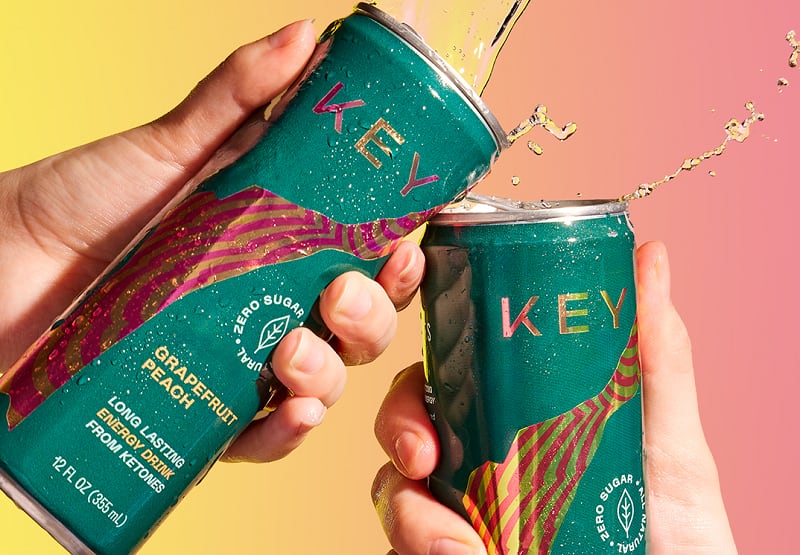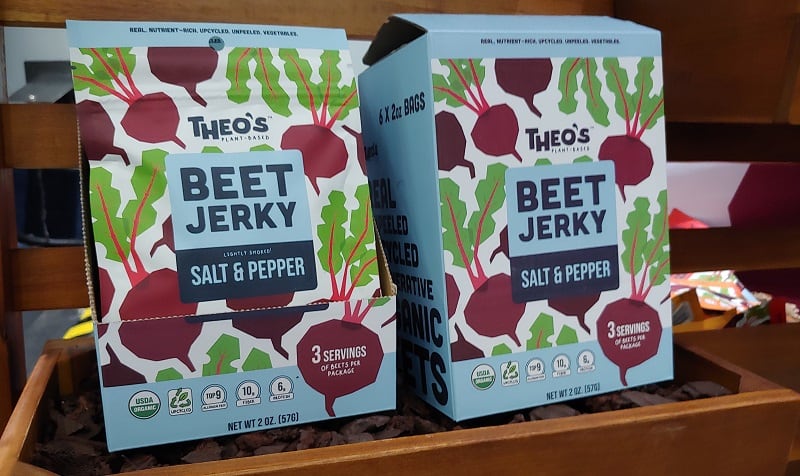Emerging brands can adopt a “hustle” mindset or a “precision” mindset, according to the consumer research firm SPINS and partner C.A. Fortune. This is the gist of “Scaling at 10X: Lessons from the Fastest-Growing CPG Brands,” presented by Benji Fitts, director of customer education at SPINS, about what it takes for brands to level up from $10m in sales to $100m.
In tracking 90,000 brands, researchers found that about one-third of the surveyed brands were growing sales. Of that third, the team then honed in on those growing their sales by ten times.
“Anybody can grow 10x,” says Fitts somewhat flippantly. “I can go outside and set up a lemonade stand in front of my house. If I sold ten lemonades tomorrow, I’d be at 10x.”
What Fitts says marks outlier growth is growing on a base of $1 million or $10 million. In his team’s research, there were only 142 brands growing at those bases. One hundred thirty eight of them went from $1 million to $10 million; four of them went from $10 million to $100 million. SPINS and C.A. Fortune want to help more emerging brands grow 10x.
“Scaling your business at this level is one of the most incredibly hard things you could ever possibly do,” says Fitts.
‘Hustle’ vs. ‘precision’ mindsets explained
To go from $1 million to $10 million, Fitts says a founder has to embrace a “hustle” mindset. To jump from $10 million to $100 million, the key is a “precision” mindset.
“A mindset is like a combination of things,” says Fitts. “It’s like your relationships. It’s a way you talk to people, it’s your strategy and it’s what you’re thinking about every night before you go to bed. It’s all those things packed into one thing.”
The hustle mindset is one Fitts says requires being a “scrappy entrepreneur” who knows the customer base and markets to that base appropriately. Scrappy, in this case, means determined, resourceful and embodying a good work ethic. Fitts adds that this type of gritty entrepreneur often finds success by having an “unfair advantage and driving it to an 11.”
“That scrappiness sort of fades away when you look at the mindset of these brands who went from $10 million to $100 million,” he says. “This is the level of polish and precision and consistency that is just impressive and actually unbelievable to even behold.”
An example of the hustle mindset is Porta, a frozen Roman-style pizza company that stemmed from a family restaurant chain. Megan Buick, VP of sales at Porta, says having confidence in the product’s quality, launching with a “focused portfolio of Italian classics” and leaning heavily on differentiators that targeted what was missing in the market skyrocketed the brand.
“[We] iterated with learnings along the way but didn’t stall or miss opportunities,” says Buick.
For a precision mindset, Fitts pointed to YumEarth, an allergy-friendly candy company. In many ways, its offerings are defined by what they do not have. The candies are peanut-free, tree nut-free, soy-free, dairy-free, sesame-free, egg-free, gluten-free, shellfish-free and fish-free.
Fitts explains that while scaling at the level of 10x requires money, it also requires buckling down and accepting certain truths.
“Your fuel in this instance is like your margins,” he says, adding that having a higher margin business is a great place to start for that reason. “But you need to temporarily use those margins to create demand for higher volume, which helps lower your unit costs. Then you get better margins and you reinvest in your business. It becomes this almost flywheel type effect.”
Fitts says that just because the founder personally loves something, does not mean that it will resonate with the target audience. In fact, the founder might not know the target audience at all. He says it may seem obvious but 10x scaling requires actually validating one’s assumptions through data.
This can mean giving up on certain ideas or features in the name of appealing to the target customer.
One example Fitts cites is Lentiful, a company that makes instant lentil meals in compostable cups. Founder Ben Bacon thought the target buyer was Gen Z and Millennial office workers who wanted a quick, easy meal on their lunch break. Yet, when he studied the Shopify data, he found he actually needed to target women older than 50 who lived in the Midwest – and commit.
“It’s about killing your darlings,” says Fitts.




